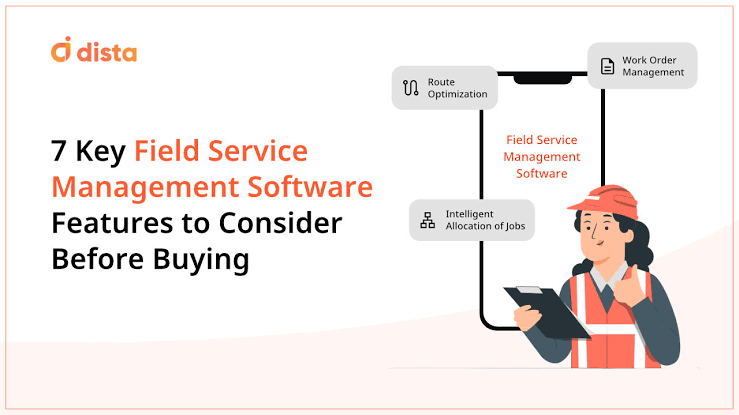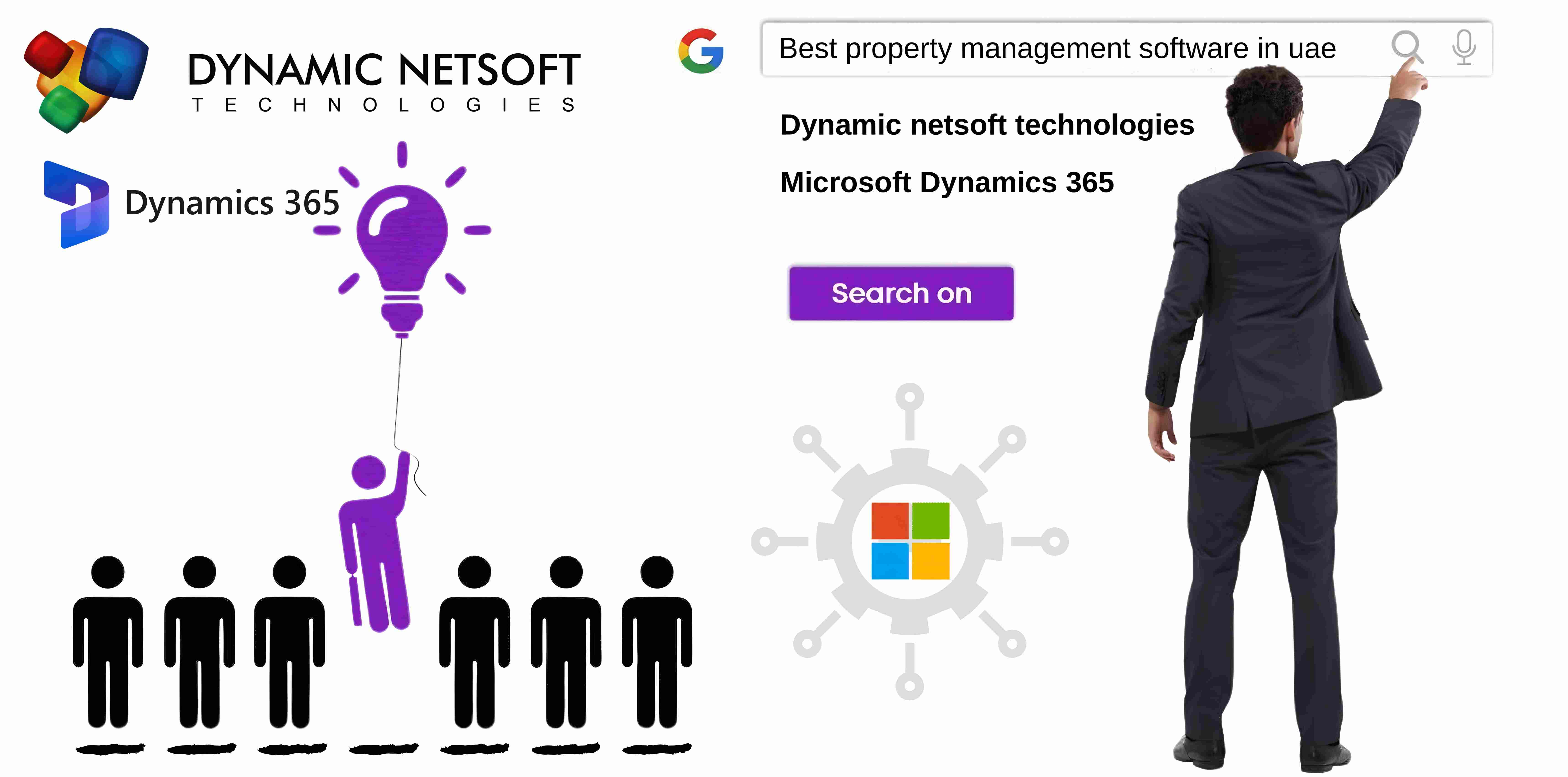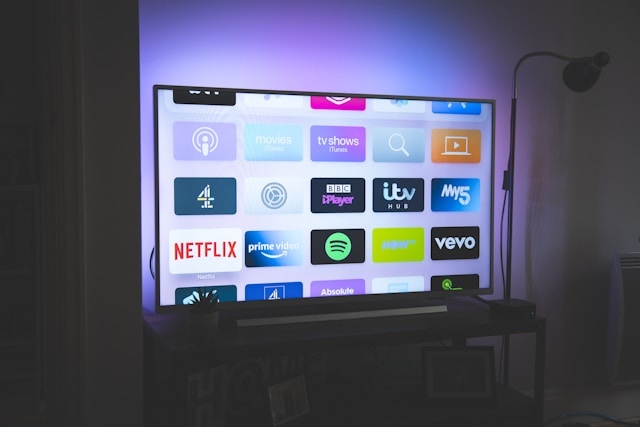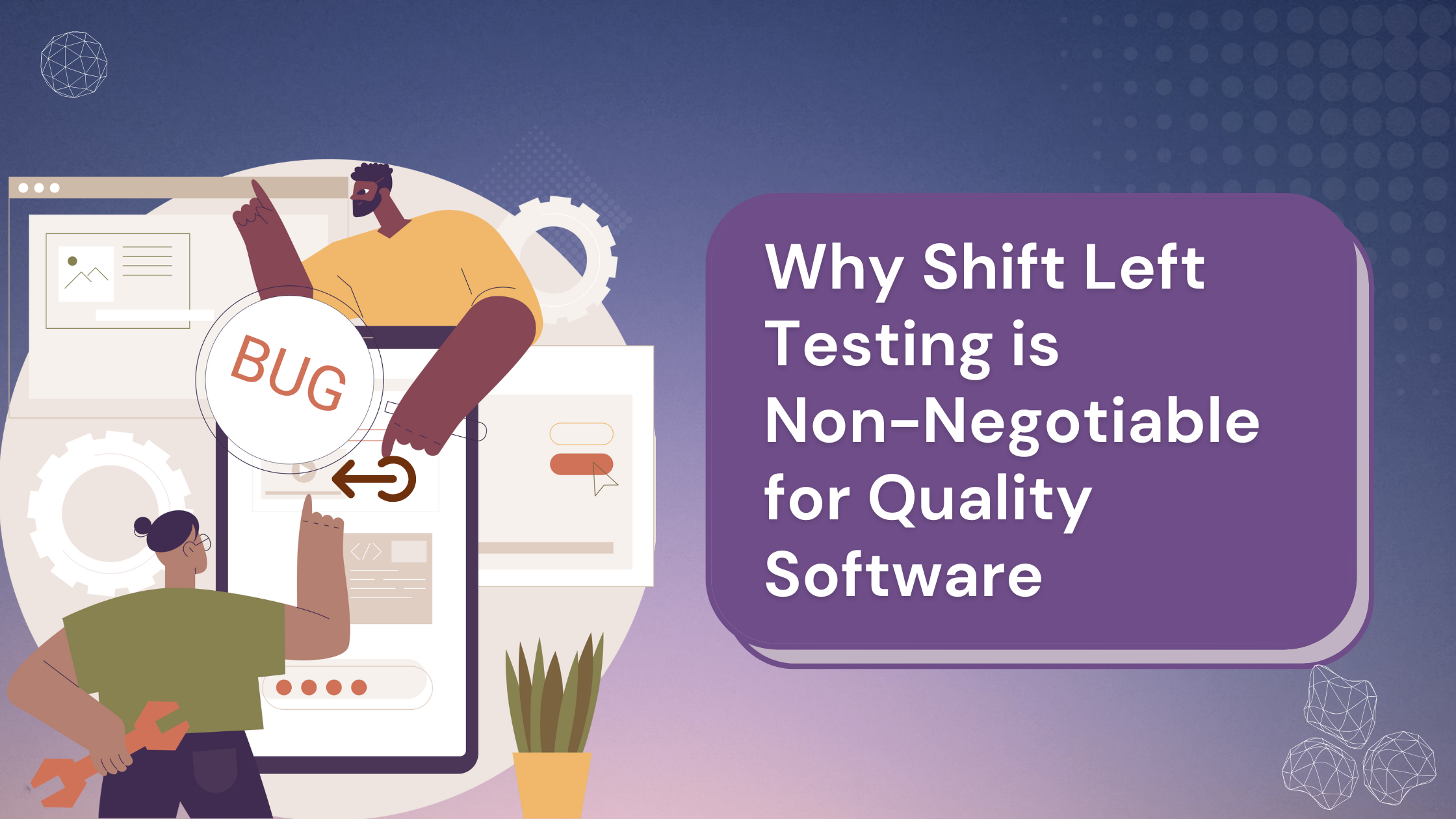Selecting The Right Video CMS in 2024 - 8 Factors to Consider
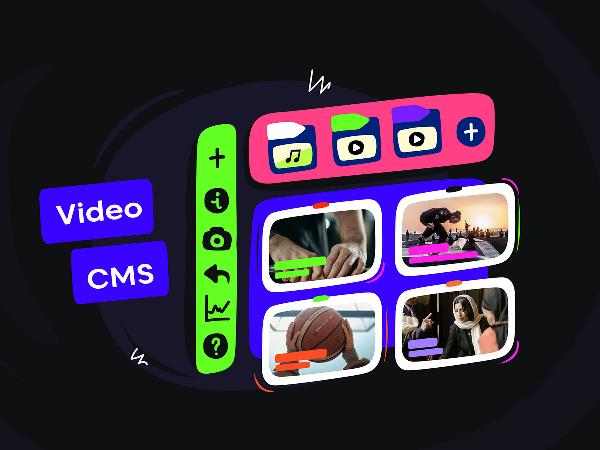
Strong 8k brings an ultra-HD IPTV experience to your living room and your pocket.
Video has made a name for itself as a powerful marketing catalyst in 2024. It has the magnetic power to engage audiences and drive business growth in different industries. Video content continues to proliferate immensely.
As such, organizations and content creators alike need efficient and scalable solutions to manage their video assets.
This is where you will find immense value in a Video Content Management System. With this all-inclusive platform, you can streamline the full lifecycle of video content distribution and impact.
But for this, you need to pick the ideal Video CMS software. This step will allow you to deliver maximum value for your target customers.
What is a Video Content Management System?
It is a centralized tech platform meant for business needs. Your organization can use it to efficiently manage and store your video assets. It provides an elaborate stack of tools and features. These work together to get more from the entire video content workflow.
So, right from initial upload to transcoding and publishing, you get it all. This way, consolidation of video management tasks into a single platform is one of the key benefits of video CMS. With it, your company can propel the impact and coverage of your video content.
How Does a Video Content Management System Work?
A Video CMS functions as a centralized hub for all operations for your video content. It may comprise many interconnected components. These include the below-
- Video Upload- Allows for the upload and import of video files from various sources.
- Transcoding- It alters video files into different formats and resolutions. Doing so facilitates seamless playback across devices.
- Storage and Organization- Your company gets a secure and scalable repository. This helps in storing and organizing video assets.
- Publishing and Distribution- The video CMS enables a seamless delivery of video content to various platforms and channels.
- Analytics and Reporting- You can extract insights into video performance. Get data on audience engagement and viewer behavior.
- Content Management- It facilitates collaboration and workflow management. You also get version control for video projects.
8 Factors to Consider While Choosing a Video Content Management System
1. Batch Uploading Tools
Your company can do large volumes of video upload with the help of efficient batch uploading tools. You need to watch for features like bulk upload capabilities. Plus, your company can benefit from automated metadata tagging and preserving of folder structure.
This streamlines the upload process substantially. Your team saves up valuable time and minimizes manual efforts.
2. Cloud Transcoding
Another power-packed feature worth having in your video CMS is cloud-based transcoding capabilities. A robust Video CMS should offer seamless alteration of video files into different formats and resolutions.
With cloud transcoding, your team can get the benefit of unmatched scalability. They can easily handle fluctuating transcoding demands without the need for costly on-premise setups.
3. Video Analytics
Your video CMS needs to provide rich insights on how your video assets are performing. For this, you may need comprehensive video analytics. This will help you with invaluable insights into viewer engagement. You can also monitor other metrics like consumption patterns and content performance.
It is wise to opt for features like real-time monitoring and data as per various audience types. Some solutions will also offer heat maps and detailed reports.
4. Video Privacy & Security
A cutting-edge Video CMS successfully incorporates robust security features like compliance with digital rights management (DRM) and industry regulations.
These features safeguard valuable video assets. They work well to prevent unauthorized access. It also lets you comply with data privacy laws. As a result, you get total peace of mind when handling sensitive or proprietary content.
5. Video API Access
If you need to enhance the range of functionalities with your video content, then you need to integrate third-party apps. This is where you may need flexible API access. It facilitates quick and impactful integration with other applications.
This enables efficient workflow automation. Plus, you can avail custom video management solutions.
6. Video Monetization
Your ultimate aim should be to open up a new revenue stream with valuable videos. Advanced monetization features let content creators and organizations add to the top lines from their video assets.
Here, you can assess choices like subscription models and pay-per-view capabilities. Some may even prefer advertising integrations and e-commerce integrations. A dependable video content management solution should provide flexible monetization options. You can customize these to your business model.
7. Enhanced Search
Information discovery is a key tenet of video content. Powerful search capabilities facilitate efficient discovery and retrieval of relevant video content. This is pertinent for companies that have huge video libraries.
Check if your chosen video content management system has features like metadata search and transcript search. Some modern-day solutions also offer AI-powered video analysis for automatic tagging and indexing.
8. Multiple Media Format Support
A future-proof Video CMS should support a wide range of media formats. This includes industry-standard and emerging codecs. See if your CMS offers support for popular formats like MP4, AVI, and MOV. It should be compatible with emerging formats like HEVC and AV1 as well. This enables a future-proof option.
To conclude
A video CMS platform is a success enabler for many organizations. The impact is particularly pronounced if you deal in a lot of video content for your marketing or operations needs.
Make sure that the 8 points covered in this blog are a part of your checklist when you set out to opt for a superior VCMS for your company. They will help you make the right choice.
Note: IndiBlogHub features both user-submitted and editorial content. We do not verify third-party contributions. Read our Disclaimer and Privacy Policyfor details.



